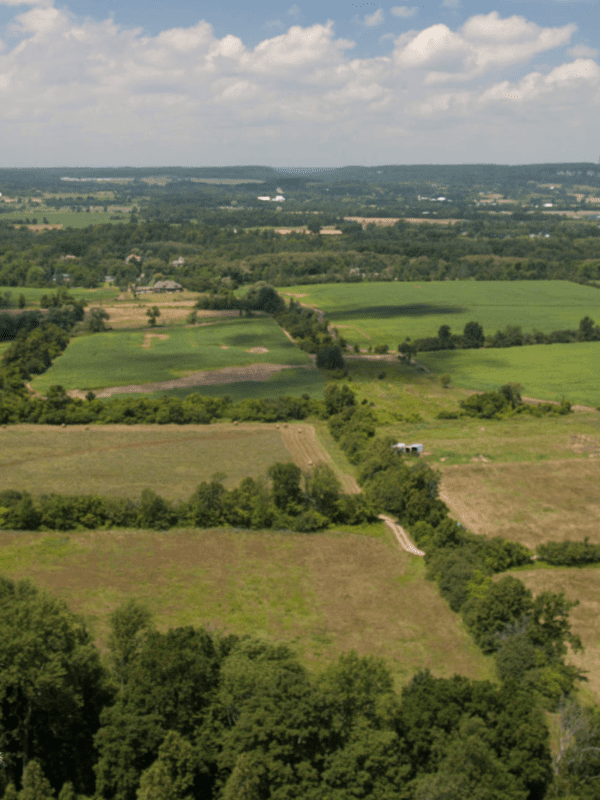29 species listed under the federal Species at Risk Act, including birds, amphibians, reptiles, fish, insects and trees, are in harm’s way
Toronto | Traditional territories of the Huron-Wendat, the Anishnaabeg, Haudenosaunee, Chippewas and the Mississaugas of the Credit First Nation – A new report from Environmental Defence, The Road To Our Ruin: How Highway 413 Would Impact Threatened and Endangered Species, draws attention to the fact that the proposed highway would put threatened and endangered species along and near the highway route at further risk. Written by biologists affiliated with the University of Guelph, the report provides information about each of the 29 federally-listed species at risk that would be impacted by Highway 413, along with maps that show where each species has been sighted in proximity to the highway’s path, and illustrations of each species.
The report identifies 29 federally listed at risk species in the path of the highway, including birds, amphibians, reptiles, fish, insects and trees. It also finds that Highway 413 would impact 122 species of birds protected under the Migratory Birds Convention Act, another piece of federal legislation, and concludes that the cumulative effects of urban sprawl encouraged by the highway would lead to “widespread habitat fragmentation.”
“Highway 413 would push endangered species in the area even closer to the brink, while we’re in the midst of a global biodiversity crisis. Some scientists are referring to this period as the sixth great extinction – and Highway 413 would accelerate that,” said Keith Brooks, Programs Director for Environmental Defence. “It’s unconscionable”
The report details how Highway 413 would threaten birds such as the Red-headed Woodpecker, an endangered species, the Short-eared Owl, which has suffered one of the steepest declines of any bird listed by the federal Species At Risk Act, and the Eastern Meadowlark, which Ontario has failed to protect under it’s Endangered Species Act.
Other endangered species include the Jefferson Salamander, the Redside Dace a tiny minnow, the Western Chorus Frog, and the Rapids Clubtail, a dragonfly so rare, it’s only known to live alongside four rivers in Canada, two of which are the Humber and Credit Rivers. Highway 413 would cross both these rivers.
“Highway 413 would cross over 130 rivers and streams near their headwaters – which are their most ecologically sensitive areas. In terms of water quality, it’s the worst place you could put a highway,” said Dr. Ryan Norris, a professor at the University of Guelph who co-authored the report with colleague Karl Heide. “We have a duty to protect biodiversity here. Every species is important in this environment, all environments. But this highway would do the opposite: it would be seriously chipping away at biodiversity.”
“We had Doctor Norris and Karl Heide do this analysis for us because we think it’s important for Ontarians to understand what’s really at risk if Highway 413 goes through. This report is also paired with a more technical report that we’re going to send to the Federal Impact Assessment Agency and to the Honourable Steven Guilbeault, Federal Minister of Environment and Climate Change. The Ontario government has been a disaster when it comes to protecting endangered species, which is why the federal government has the duty, responsibility, and clear authority to step in. We are urging Minister Guilbeault to take that responsibility seriously,” added Brooks.
The full report is available here.
ABOUT ENVIRONMENTAL DEFENCE (environmentaldefence.ca): Environmental Defence is a leading Canadian environmental advocacy organization that works with government, industry and individuals to defend clean water, a safe climate and healthy communities.
– 30 –
For more information or to request an interview, please contact:
Allen Braude, Environmental Defence, abraude@environmentaldefence.ca







